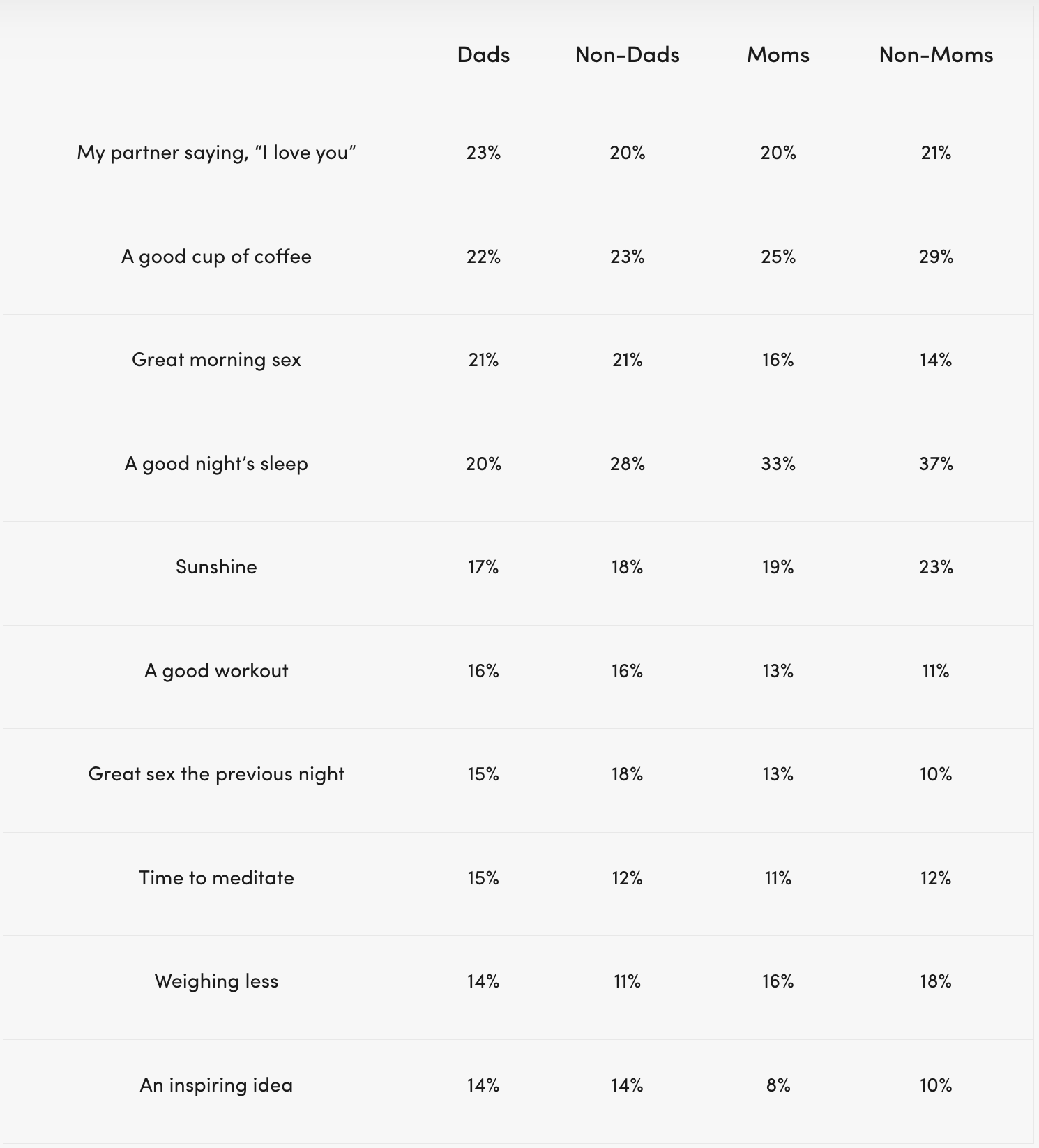Flexscreen technology has taken the world by storm, transforming industries in ways we never imagined possible. From healthcare to entertainment, this game-changing advancement is revolutionizing how we interact with digital interfaces. The impact of flexscreens is not just a buzzword; it's a seismic shift that redefines the boundaries of what's possible. So, buckle up because we're diving deep into the world of flexscreens and uncovering how they're reshaping industries as we know them.
Imagine a world where screens bend, fold, and adapt to your every need. That's the reality we're stepping into with flexscreen technology. This isn't just about cool gadgets; it's about creating solutions that solve real-world problems. Whether it's enhancing productivity in the workplace or delivering immersive experiences in gaming, flexscreens are paving the way for a brighter, more connected future.
But let's be real—what makes flexscreens so special? It's not just about flexibility; it's about durability, versatility, and innovation. These screens are designed to withstand the test of time, offering solutions that cater to industries ranging from aerospace to consumer electronics. In this article, we'll explore the ins and outs of flexscreen technology, its applications, and why it's the next big thing in tech.
Read also:Bian Tian Yang And Jiang Zhi Nan Relationship The Untold Story
Table of Contents
- What is Flexscreen?
- History of Flexscreen Technology
- Industries Transformed by Flexscreens
- Benefits of Flexscreen Technology
- Challenges Facing Flexscreen Adoption
- Future Innovations in Flexscreen
- Market Analysis of Flexscreen Technology
- Top Players in the Flexscreen Industry
- Consumer Perspective on Flexscreens
- Conclusion: Why Flexscreen is Redefining Industry
What is Flexscreen?
Let's break it down. A flexscreen, or flexible display, is a type of screen that can be bent, folded, or rolled without compromising its functionality. Unlike traditional rigid screens, flexscreens are made from materials that allow for flexibility while maintaining high resolution and clarity. This innovation isn't just about aesthetics; it's about functionality. Picture a phone that folds in half, a laptop with a screen that bends, or even a wearable device that wraps around your wrist.
Flexscreen technology is built on the foundation of OLED (Organic Light Emitting Diode) and AMOLED (Active-Matrix Organic Light Emitting Diode) displays. These displays are lightweight, energy-efficient, and offer stunning visual quality. The flexibility comes from using advanced materials like plastic substrates and thin-film transistors, which allow the screen to bend without breaking.
But here's the kicker—flexscreens aren't just for show. They're designed to enhance user experiences, offering durability and adaptability that traditional screens can't match. Whether you're in the market for a foldable smartphone or a flexible display for your next project, flexscreens are here to stay.
History of Flexscreen Technology
The journey of flexscreen technology didn't happen overnight. It's been a long road filled with research, development, and breakthroughs. Back in the early 2000s, scientists started exploring the potential of flexible displays, but it wasn't until the mid-2010s that we saw the first commercial applications.
Key Milestones in Flexscreen Development
- 2004: E Ink introduces the first flexible electronic paper display.
- 2013: Samsung showcases the Youm flexible OLED display at CES.
- 2019: Huawei and Samsung release their first foldable smartphones, marking a significant milestone in consumer electronics.
These milestones highlight the rapid advancement of flexscreen technology. From e-readers to foldable smartphones, the evolution of flexible displays has been nothing short of remarkable. And with each new development, the potential applications continue to expand.
Industries Transformed by Flexscreens
Flexscreen technology isn't just limited to consumer electronics. It's making waves across various industries, redefining how businesses operate and deliver value. Let's take a look at some of the industries that are being transformed by flexscreens.
Read also:Unlocking The Power Of Remoteiot Platform Ssh Raspberry Pi Download
Healthcare
In the healthcare sector, flexscreens are revolutionizing patient care. Imagine wearable devices that monitor vital signs in real-time, providing doctors with accurate data without the need for bulky equipment. Flexible displays are also being used in medical imaging, offering clearer and more detailed visuals for diagnosis.
Entertainment
The entertainment industry is another major beneficiary of flexscreen technology. From curved TVs to immersive gaming experiences, flexscreens are enhancing how we consume media. The ability to create curved displays that wrap around a room is changing the landscape of home entertainment, offering a more engaging and interactive experience.
Automotive
In the automotive industry, flexscreens are being integrated into dashboards and infotainment systems. These displays offer a sleek, modern look while providing drivers with essential information at a glance. The flexibility of these screens allows for creative design possibilities, enhancing the overall driving experience.
Benefits of Flexscreen Technology
So, why should you care about flexscreens? The benefits are numerous and impactful. Here are some of the key advantages of flexscreen technology:
- Durability: Flexscreens are designed to withstand wear and tear, making them ideal for rugged environments.
- Versatility: Whether it's a foldable phone or a curved TV, flexscreens offer endless possibilities for design and functionality.
- Innovation: Flexscreen technology is pushing the boundaries of what's possible, driving innovation across industries.
- Sustainability: The use of lightweight materials in flexscreens reduces the environmental impact compared to traditional displays.
These benefits make flexscreens a game-changer in the tech world. As more industries adopt this technology, the potential for growth and innovation is limitless.
Challenges Facing Flexscreen Adoption
Of course, no technology is without its challenges. Flexscreen adoption faces several hurdles that need to be addressed before it can reach its full potential.
Cost
One of the biggest challenges is cost. Producing flexscreens requires advanced materials and manufacturing processes, which can drive up prices. As the technology becomes more widespread, we can expect costs to decrease, but for now, it remains a barrier for many consumers.
Reliability
Reliability is another concern. While flexscreens are designed to be durable, there are still questions about their long-term performance. Manufacturers need to ensure that these screens can withstand repeated bending and folding without compromising quality.
Manufacturing
Scaling up production is also a challenge. The manufacturing processes for flexscreens are complex and require specialized equipment. As demand increases, companies will need to invest in new technologies and infrastructure to meet the growing need for flexible displays.
Future Innovations in Flexscreen
The future of flexscreen technology is bright, with endless possibilities on the horizon. Here are some exciting innovations we can expect to see in the coming years:
Rollable Displays
Imagine a TV that rolls up like a poster when not in use. Rollable displays are the next frontier in flexscreen technology, offering a solution to the space constraints of modern living. These displays can be easily stored and transported, making them perfect for small apartments or travel.
Transparent Displays
Transparent flexscreens are another exciting development. These displays allow for augmented reality experiences, overlaying digital information onto the real world. Think of a windshield that displays navigation instructions or a window that doubles as a smart screen.
Wearable Technology
As wearable devices become more popular, flexscreens are playing a crucial role in their development. From smartwatches to fitness trackers, flexible displays are enhancing the functionality and design of these devices, making them more comfortable and user-friendly.
Market Analysis of Flexscreen Technology
The market for flexscreen technology is booming, with projections indicating significant growth in the coming years. According to a report by MarketsandMarkets, the flexible display market is expected to reach $45.8 billion by 2026, growing at a CAGR of 12.8% from 2021 to 2026.
This growth is driven by increasing demand for foldable smartphones, curved TVs, and wearable devices. As more companies invest in flexscreen technology, we can expect to see a wider range of products hitting the market, catering to diverse consumer needs.
Top Players in the Flexscreen Industry
Several companies are leading the charge in flexscreen technology. Here are some of the top players in the industry:
- Samsung: A pioneer in foldable smartphones, Samsung continues to push the boundaries of flexscreen technology.
- Huawei: Known for its innovative approach, Huawei has made significant strides in the development of flexible displays.
- LG: With a focus on OLED technology, LG is a major player in the flexible display market.
These companies are investing heavily in research and development, ensuring that flexscreen technology continues to evolve and meet the demands of modern consumers.
Consumer Perspective on Flexscreens
What do consumers think about flexscreens? The feedback is overwhelmingly positive, with many praising the innovation and functionality of these displays. However, there are still concerns about cost and durability, which manufacturers need to address.
For early adopters, flexscreens offer a glimpse into the future of technology. They represent a shift towards more personalized and adaptable devices, catering to individual needs and preferences. As the technology becomes more affordable and reliable, we can expect to see wider adoption across all demographics.
Conclusion: Why Flexscreen is Redefining Industry
In conclusion, flexscreen technology is more than just a trend; it's a revolution. From healthcare to entertainment, the impact of flexscreens is reshaping industries and redefining what's possible. While there are challenges to overcome, the potential benefits far outweigh the drawbacks.
As we move forward, it's clear that flexscreens will play a crucial role in shaping the future of technology. Whether you're a business looking to innovate or a consumer seeking the latest gadgets, flexscreens offer endless possibilities. So, don't miss out on this exciting journey—join the flexscreen revolution today!
Got thoughts on flexscreens? Drop a comment below and let's chat. And don't forget to share this article with your tech-savvy friends. Together, let's redefine the future of industry!



